Recently Published
Stay up-to-date with the latest content from NASA as we explore the universe and discover more about our home planet.

Now in its 26th year, the event brings teams of middle and high school students to the lab to compete with home-built contraptions. Teenagers wielding power tools and plywood demonstrated their engineering prowess at the annual Invention Challenge at NASA’s…

NASA’s broadcast of the April 8, 2024, total solar eclipse has won an Emmy Award for Excellence in Production Technology. At the 76th Technology & Engineering Emmy Awards on Dec. 4, in New York City, the Academy of Television Arts…
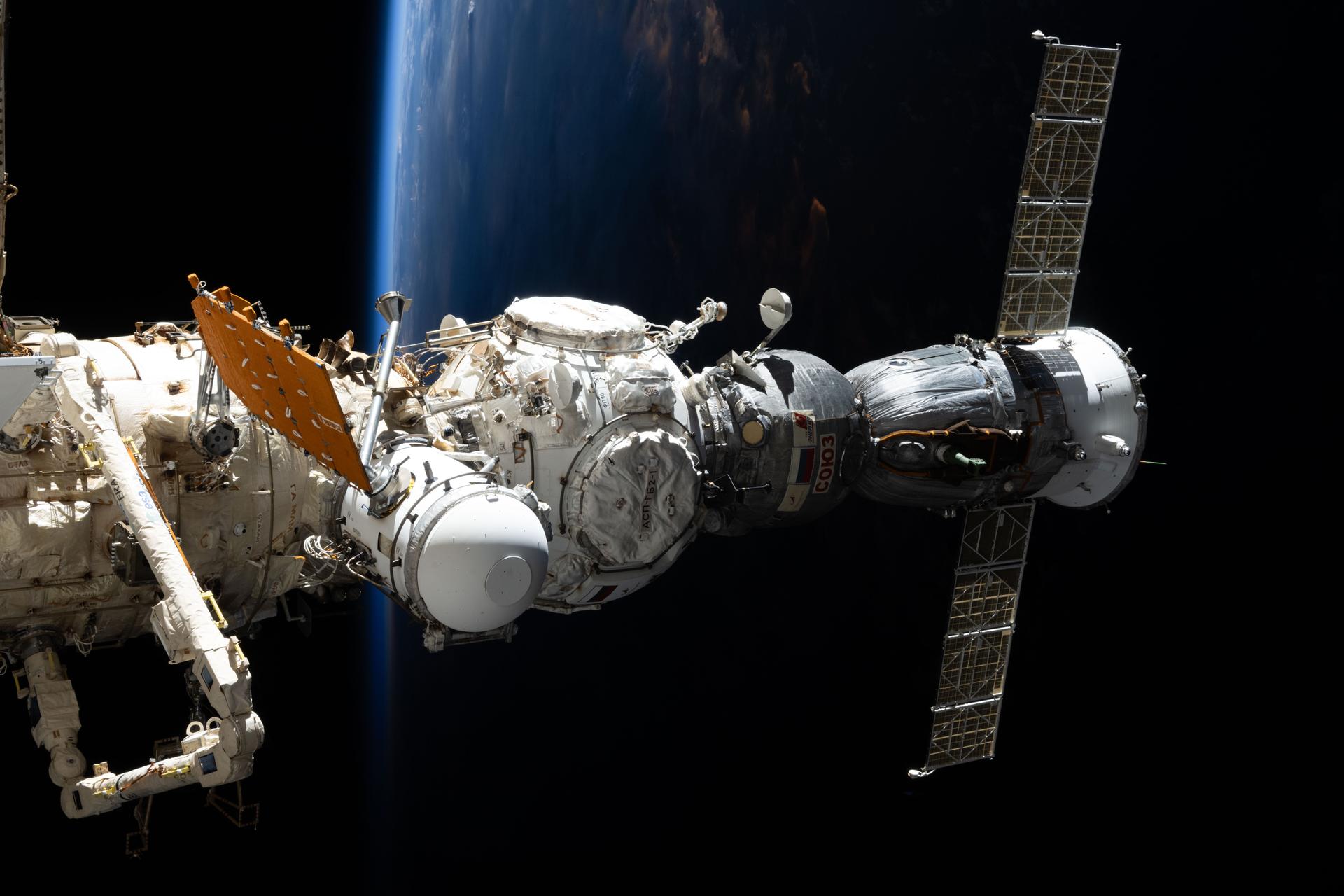
Expedition 73 will swap commanders this weekend before three crew members return to Earth on Monday. Expedition 74 officially begins once the home bound trio undocks from the Rassvet module inside the Soyuz MS-27 spacecraft the following day.
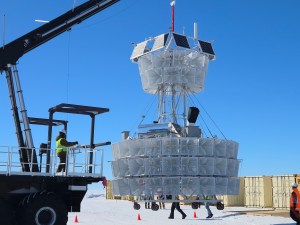
NASA’s Scientific Balloon Program is back in Antarctica for another long-duration scientific balloon campaign, with two launches planned from the icy surface. Launch operations will begin early December from the agency’s facility located near the U.S. National Science Foundation’s McMurdo…
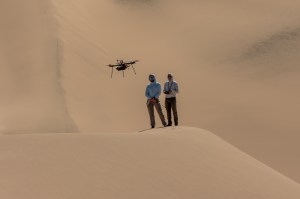
Researchers from NASA’s Jet Propulsion Laboratory monitor a research drone in this September 2025 photo. This flight occurred in Dumont Dunes, an area of the Mojave Desert, as part of a larger test campaign to develop navigation software that would…

The CHAPEA Mission 2 crew discusses their backgrounds and preparations for their upcoming yearlong analog Mars mission inside the Mars Dune Alpha habitat at NASA’s Johnson Space Center. HWHAP 404.
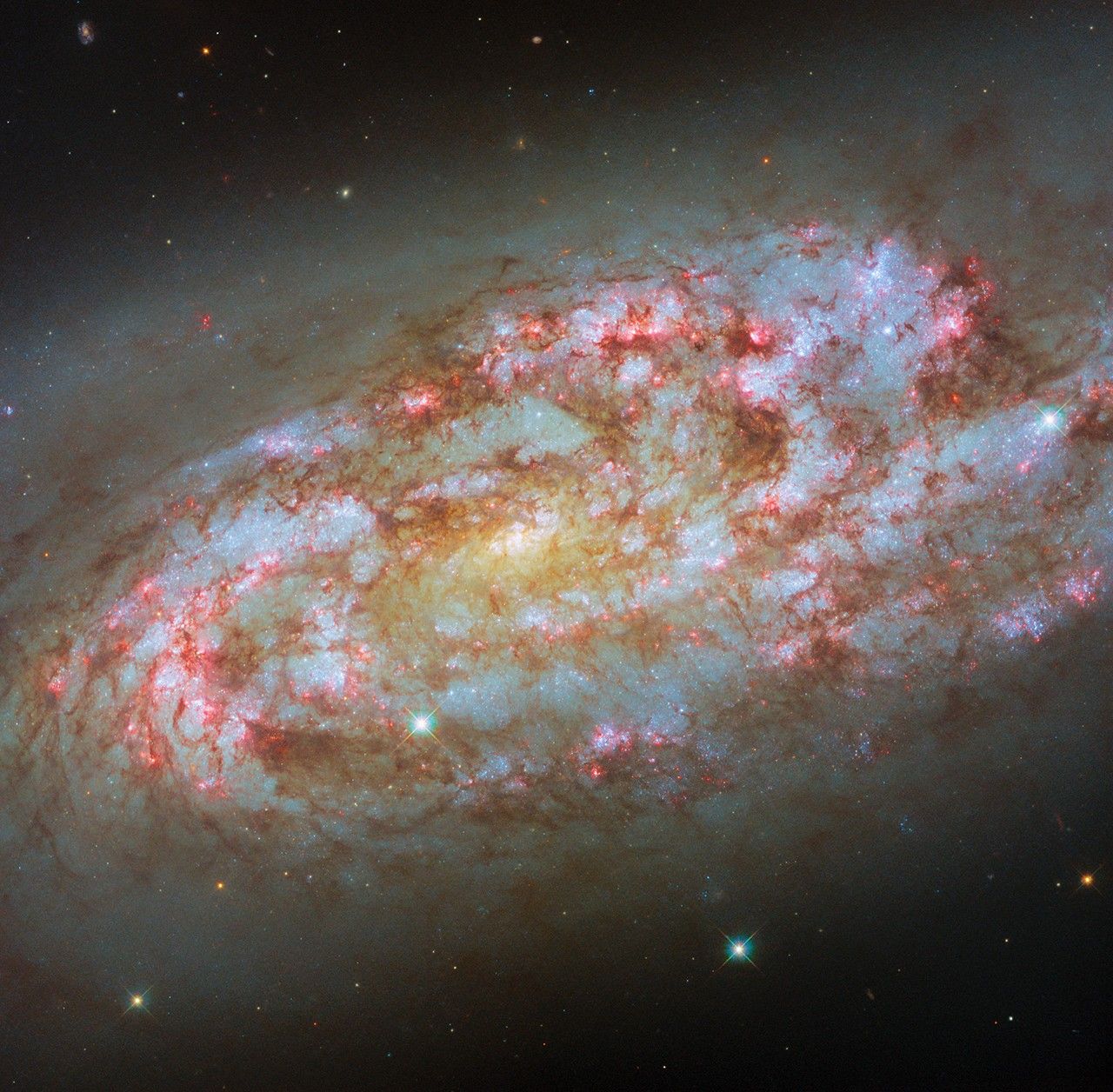
This NASA/ESA Hubble Space Telescope image features a stormy and highly active spiral galaxy named NGC 1792. Located over 50 million light-years from Earth in the constellation Columba (the Dove), the bright glow of the galaxy’s center is offset by…

A rare tropical cyclone dropped torrential rains on the Indonesian island, fueling extensive and destructive floods.

NASA has selected two science instruments designed for astronauts to deploy on the surface of the Moon during the Artemis IV mission to the lunar south polar region. The instruments will improve our knowledge of the lunar environment to support NASA’s…
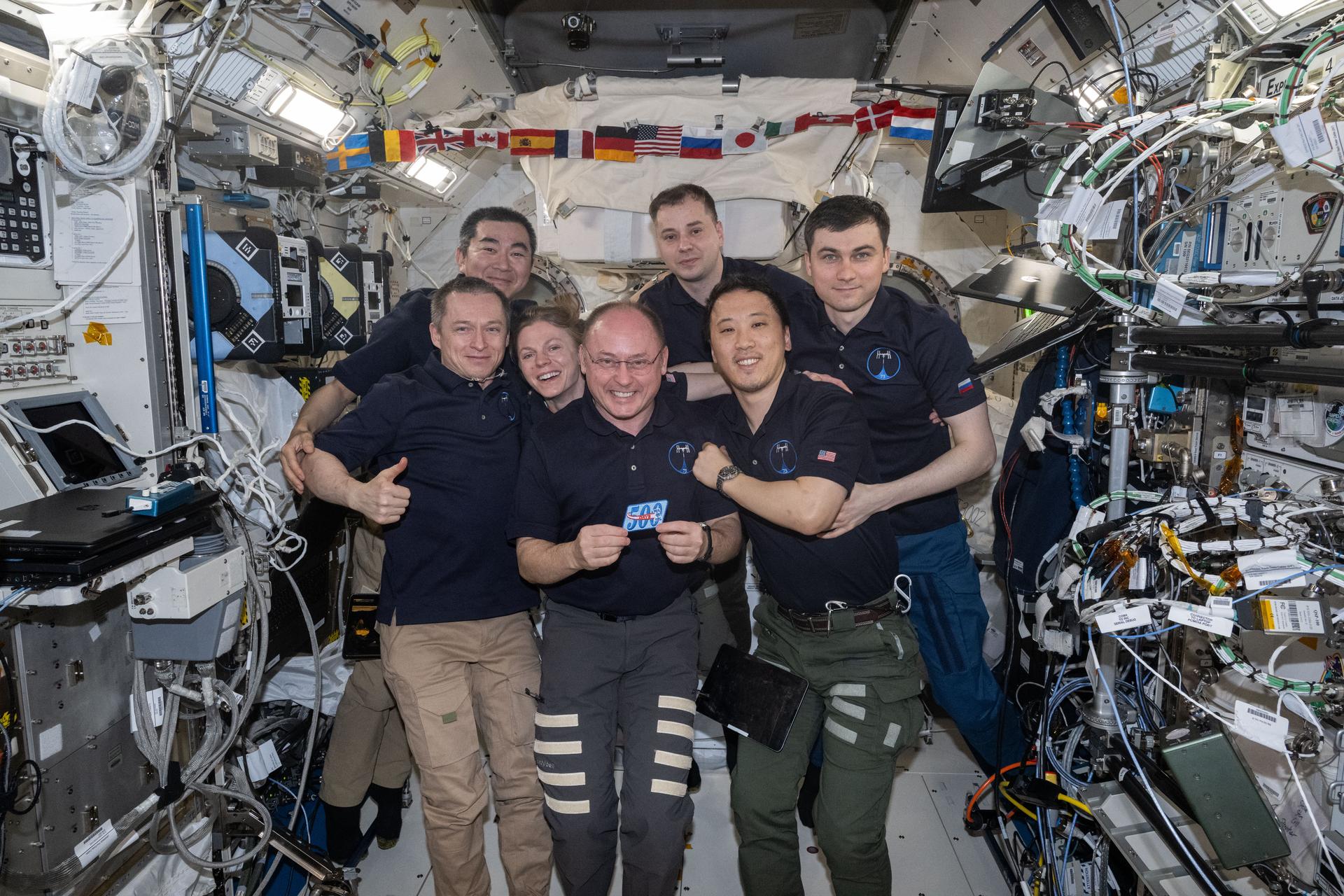
Three Expedition 73 crewmates will end their stay aboard the International Space Station when they undock Dec. 8 and return to Earth a few hours later. In the meantime, blood research took precedence on Thursday ensuring astronauts stay healthy while…
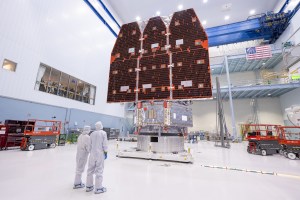
Two technicians look up at NASA’s Nancy Grace Roman Space Telescope after its inner and outer segments were connected at the agency’s Goddard Space Flight Center in Greenbelt, Maryland on Nov. 25, 2025. This marked the end of Roman’s construction.…

NASA astronaut Jonny Kim, accompanied by Roscosmos cosmonauts Sergey Ryzhikov and Alexey Zubritsky, is preparing to depart the International Space Station aboard the Soyuz MS-27 spacecraft and return to Earth. Kim, Ryzhikov, and Zubritsky will undock from the station’s Prichal…
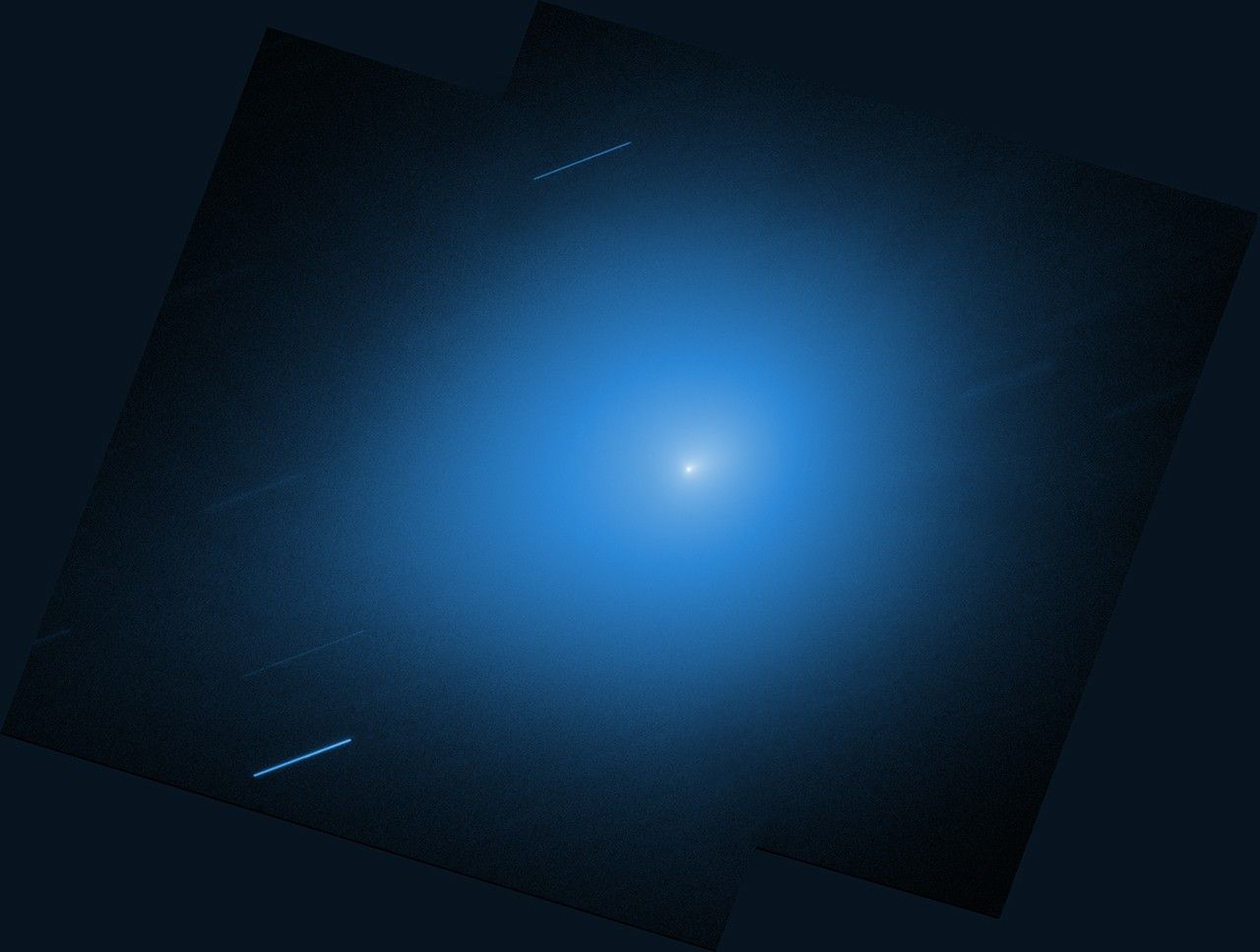
NASA’s Hubble Space Telescope reobserved interstellar comet 3I/ATLAS Nov. 30, with its Wide Field Camera 3 instrument. At the time, the comet was about 178 million miles (286 million kilometers) from Earth. Hubble tracked the comet as it moved across…
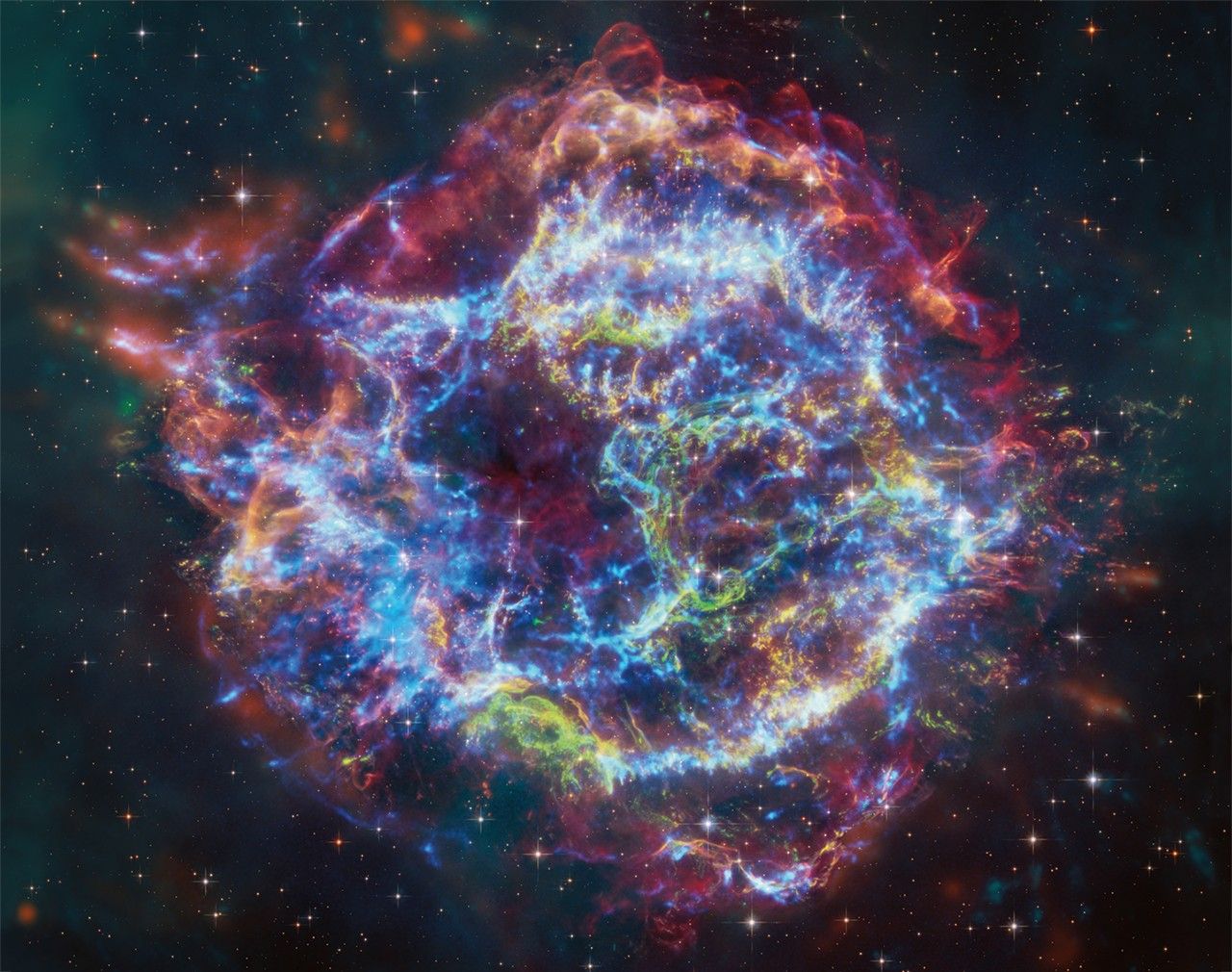
For the first time, scientists have made a clear X-ray detection of chlorine and potassium in the wreckage of a star using data from the Japan-led XRISM (X-ray Imaging and Spectroscopy Mission) spacecraft. The Resolve instrument aboard XRISM, pronounced “crism,”…
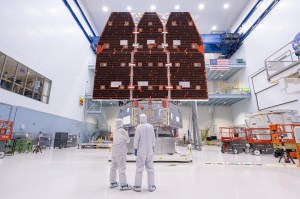
NASA’s next big eye on the cosmos is now fully assembled. On Nov. 25, technicians joined the inner and outer portions of the Nancy Grace Roman Space Telescope in the largest clean room at the agency’s Goddard Space Flight Center…
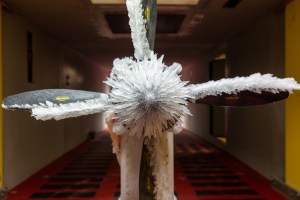
When flying in certain weather conditions, tiny freezing water droplets floating in the air can pose a risk to aircraft. If not taken into consideration, these water droplets can accumulate on an aircraft as ice and pose a safety risk. …

In its first documented eruption, the Ethiopian volcano sent a plume of gas and ash drifting across continents.

The NASA Science Activation project Eclipse Soundscapes (ES), led by ARISA Lab in Medford, Massachusetts, helps learners of all ages explore NASA science through multisensory learning and participatory science opportunities. In the weeks surrounding the 2023 annular solar eclipse and…
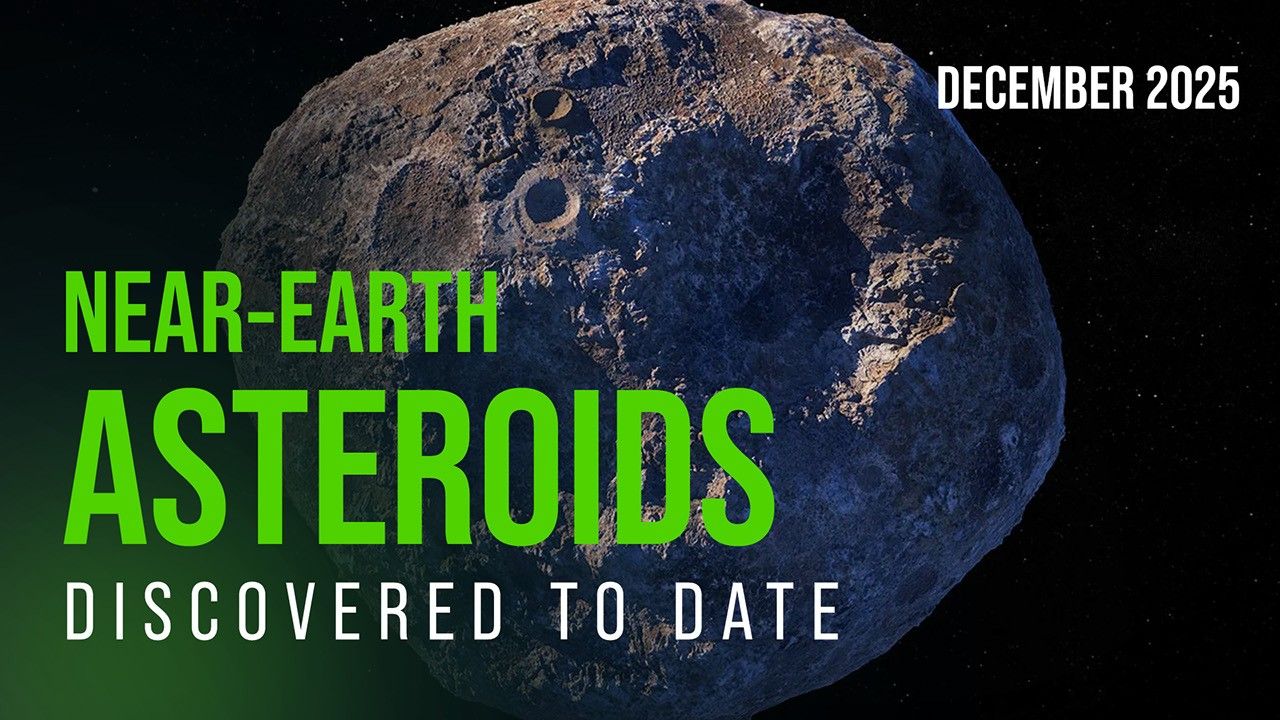
Each month, NASA’s Planetary Defense Coordination Office releases a monthly update featuring the most recent figures on NASA’s planetary defense efforts, near-Earth object close approaches, and other timely facts about comets and asteroids that could pose an impact hazard with…
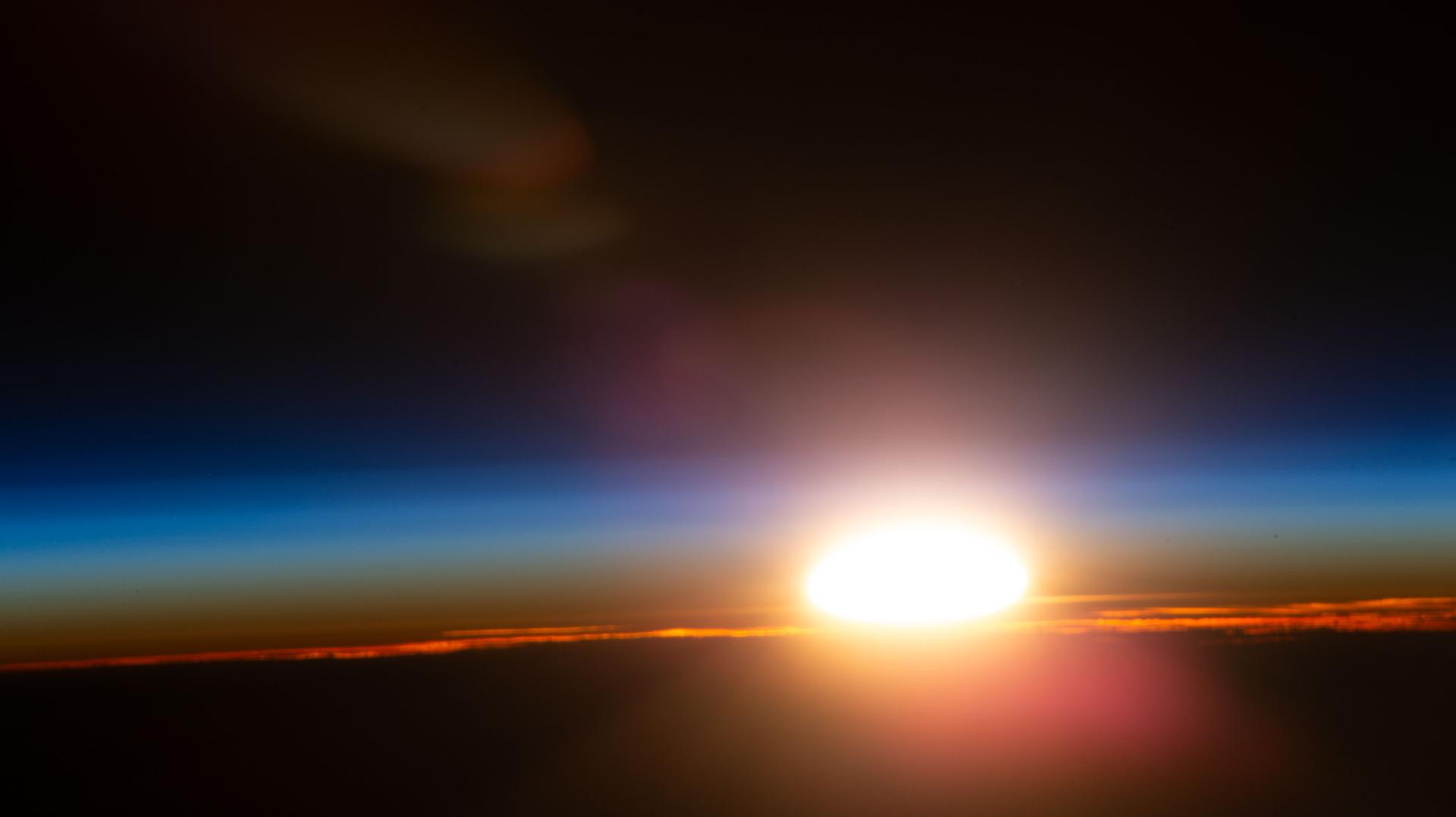
Space biology and physics topped the research schedule aboard the International Space Station on Wednesday to improve human health and the space industry. The Expedition 73 residents also helped three new crewmates adapt to orbital life as another trio turns…

Select walls at NASA’s Johnson Space Center have been transformed into works of art. Each piece reflects creativity, collaboration, and the spirit of discovery. Painted by Texas students, the murals honor the legacy of the International Space Station and 25…
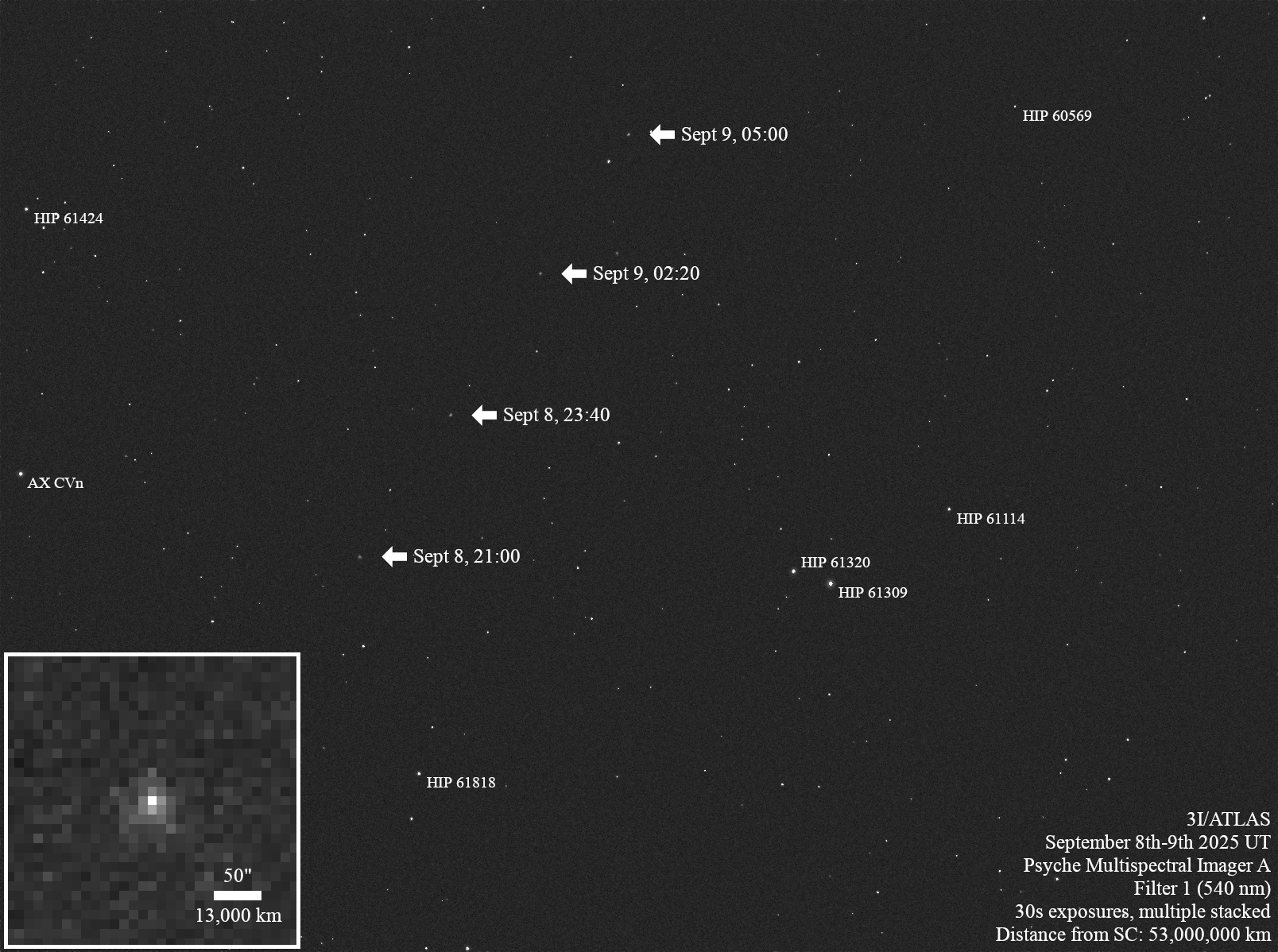
NASA’s Psyche observed interstellar comet 3I/ATLAS over the course of eight hours on Sept. 8 and 9, when the comet was about 33 million miles (53 million kilometers) from the spacecraft. Captured by the mission’s multispectral imager, these observations help…
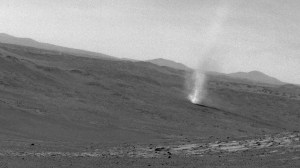
Perseverance confirmed a long-suspected phenomenon in which electrical discharges and their associated shock waves can be born within Red Planet mini-twisters. NASA’s Perseverance Mars rover has recorded the sounds of electrical discharges —sparks — and mini-sonic booms in dust devils…
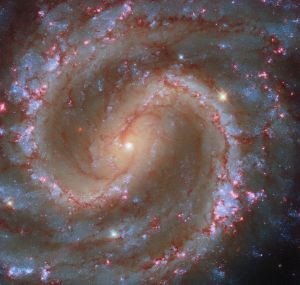
This NASA/ESA Hubble Space Telescope image features the spiral galaxy NGC 4535, which is situated about 50 million light-years away in the constellation Virgo (the Maiden). Through a small telescope, this galaxy appears extremely faint, giving it the nickname ‘Lost Galaxy’. With…
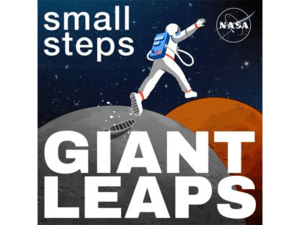
To build habitats on the Moon and Mars, first we need to simulate lunar and Martian soil on Earth. We got the dirt on regolith simulants.


























